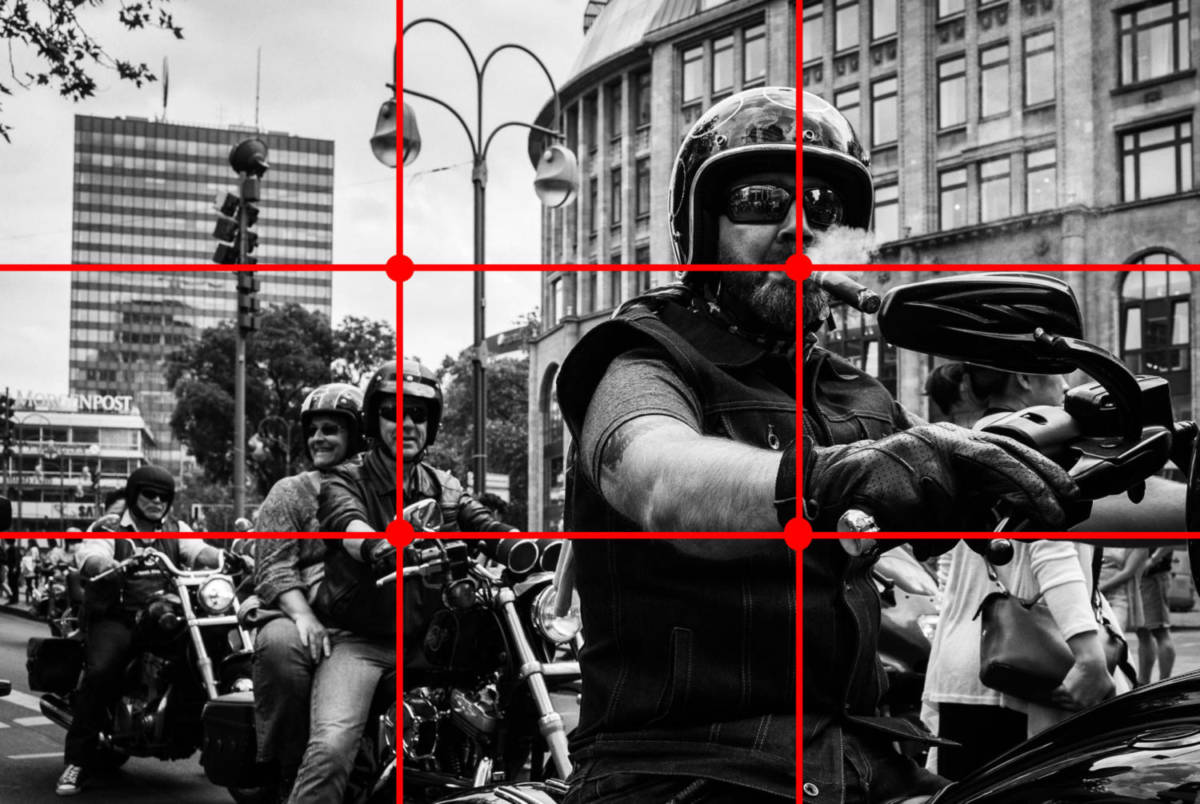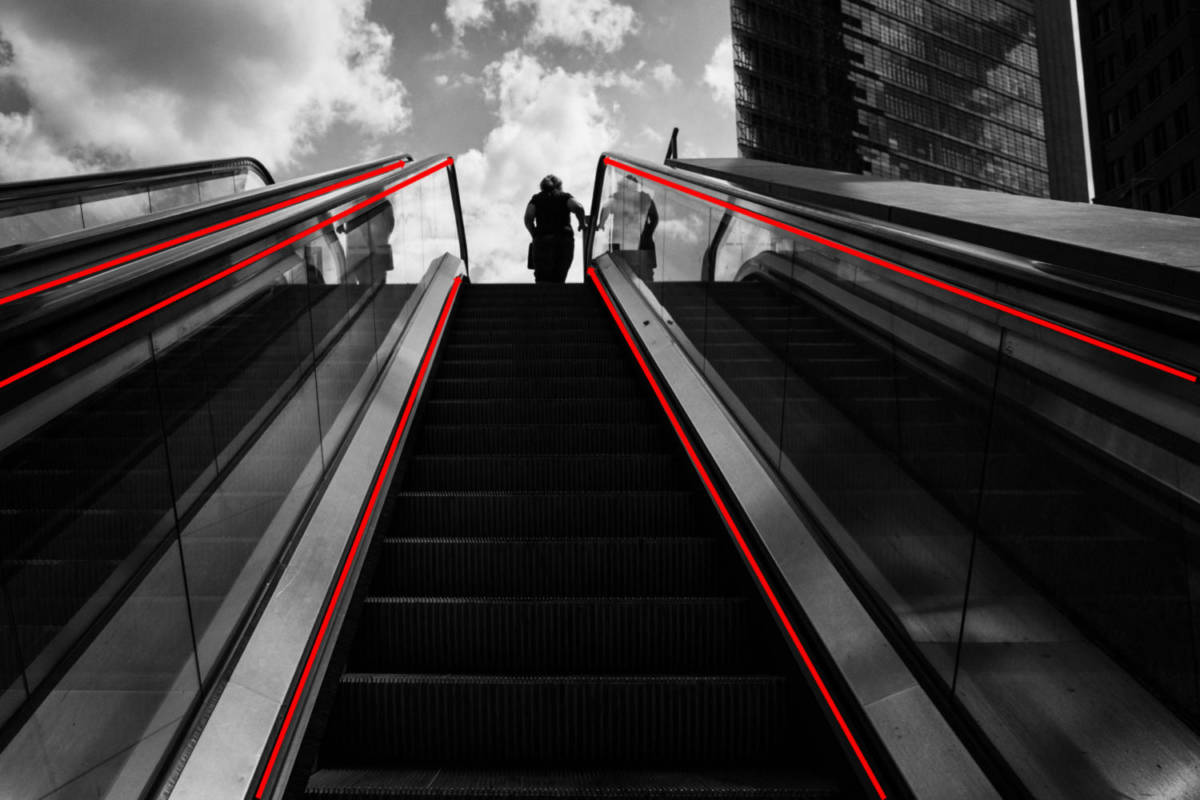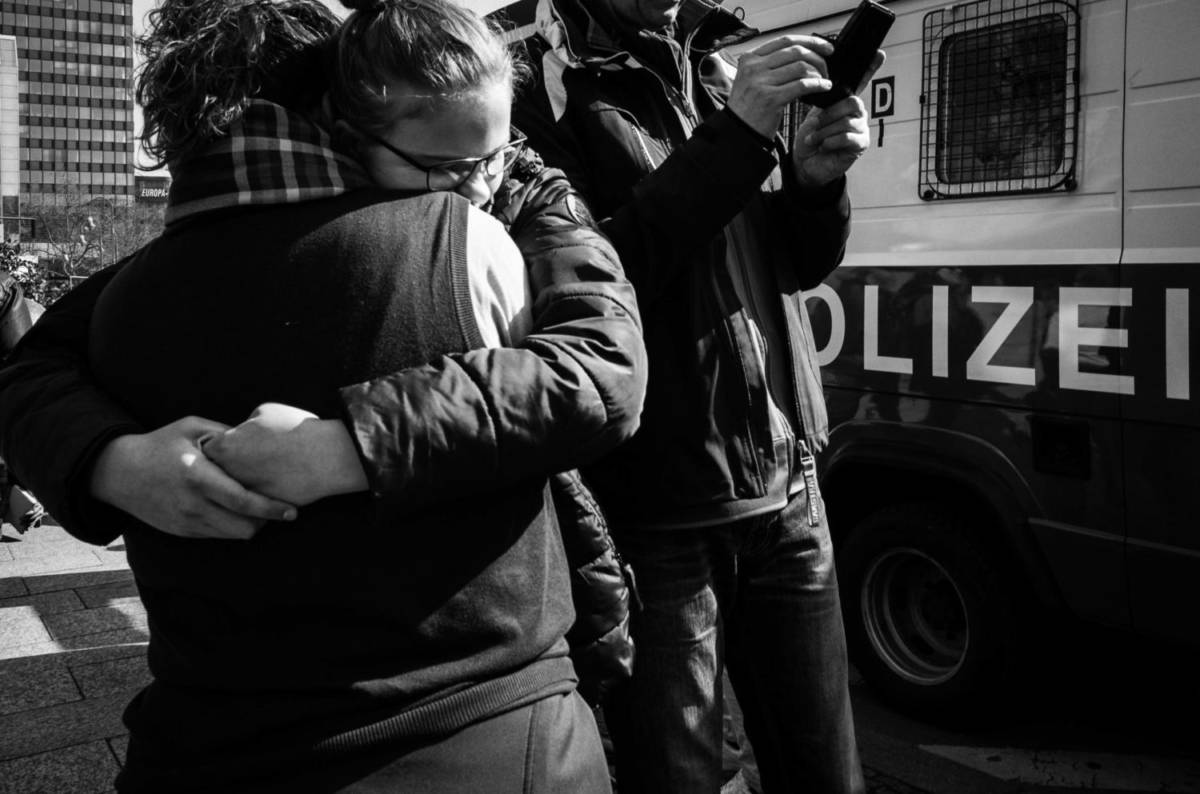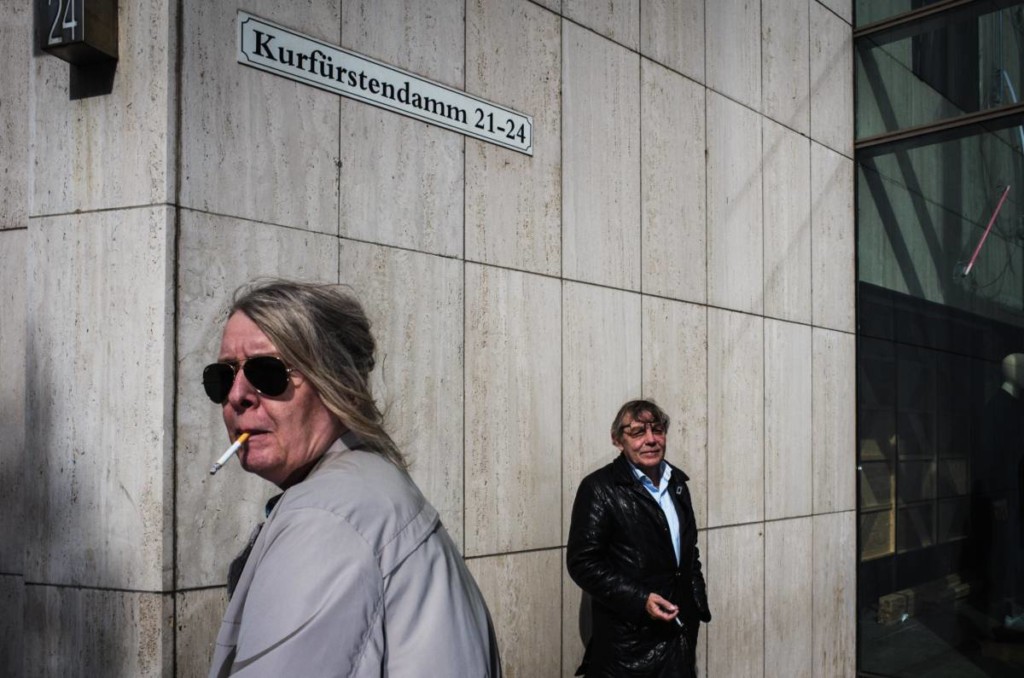What makes a Good Picture in Photography?
My goal as a photographer is not only to express myself within the images I produce but also to present the world and my surroundings in a unique, fascinating way and finally in a good picture. To show people the beauty, emotions, and stories that they might be missing and ultimately to create good pictures in Street Photography.
People wander through the cities nowadays, blinded by all the distractions the modern world holds for them. It becomes harder and harder to realize certain details around us, that show the beauty of life. A good Picture is able to show this beauty to others.
In art, it is hard to have an objective view of the quality of the crafted goods. There is no standard measurement which certainly defines how “good” a piece of art is. The same applies to Street Photography where we can never be sure how good our photograph actually is.
Personal taste and preference play a huge role when we decide which picture we like and which we don’t. Nonetheless, I believe that there are quality standards and criteria a picture has to meet, to be a good photograph. Those rules apply universally throughout all genres and describe how a good picture is structured.
The differences between a good & mediocre picture are not always easy to describe, but they are visible to most of us. From master photographers themselves to amateurs and completely unrelated people.

The Composition of a good Picture
Street Photography is a genre with a lot of freedom. Strictly, there are no rules you have to follow and you are pretty much allowed whatever you want.
But when it comes to creating pictures that stand out from the mass, you have to ask yourself, why some just have a bigger impact, without any obvious reasons. This phenomenon is often attributed to the visual appeal or composition of a photograph. The image itself doesn’t have to display a fancy scene that draws our attention immediately. It can be a very mundane stage, but displayed in a visual style, that it is an exception from the average picture.
When I talk about rules in composition, you have to understand, that these rules are not something man-made. There wasn’t a genius artist a few centuries ago who “invented” these rules and the characteristics of natural aesthetics. Rather those were always there, we just were able to describe them more clearly.
Over studying and analyzing natural pattern and laws of attraction, we are able to define how to create pleasing compositions in a good photograph.
While some masterminds were able to understand those rules on their own, or by instinct and applied them in their photographs or paintings, we don’t have to rely on our gut feeling anymore. We are able to simply learn those rules and design our photograph accordingly.
The most important rules that are worth trying to perfect are in my opinion.
Rule of thirds
Read More on how to apply the Rule of thirds
Place interesting details or subjects on the intersecting thirds of an image, rather having them dead center in the photograph. This rule is derived from the golden ratio, which can be found in nature and offers a pleasing viewing experience.

Layer The Image
Read More on How to Layer the Image
A photograph is a 2-dimensional display of a 3-dimensional space. Looking only at the flat image makes it hard to understand the depth of it. With creating different distances and putting emphasis on all three layers – foreground, middle ground & background – you are able to bring back the sense of three-dimensionality

Leading Lines for a good Picture
With the help of Leading Lines, you are able to create special points of interest in your photograph. A good photograph should be able to tell a story. Through Leading Lines, you can direct the flow of the image and how the story evolves.
By following the rules you set-up a good foundation for a great picture. Although accepting & applying all rules doesn’t automatically create a perfect image, or violating some of the dozens & dozens of rules doesn’t necessarily dumpster your photograph, it is a good advice, in general, to try to play by the rules.
Composition and its rules are a guideline in creating photographs that are visually pleasing. An image that ignores all that will be simply a chaotic mess – not in any positive meaning.
Of course, you can play around that with years or decades of experience and get a feel, which rules you should integrate more strictly or not. But as a rule of thumb, try to create images that appeal to our natural aesthetic sense.

Tell a Story with a good Photograph
The composition and general appearance of a picture draw my first attention. Whether it is the style or the content that intrigues me at first to look at the image closer, the story bounds me to it.
Within a single frame, a photograph should be able to tell a complete story from beginning to end. Even more difficult in Street Photography, where we mostly take single images that should fulfill this goal.
A good photograph should be able to interest me initially and with the support of the story continue to draw my attention. Stories in photography can be very ambiguous. Depending on the viewer, the story and its progress can change.
What makes a good photograph isn’t the particular story that the photograph tells, but that it gives enough details to allow the viewer to be creative and interpret the image his way.
Stories can be either open and allow a wide range of interpretations, or they can be very narrow in their storyline.
This depends on how much information the photographer delivers. If pretty much every detail is shown that link to the story, the photographer mostly has a clear story in mind he wants to tell.
Then there are more open stories that allow more room for interpretation. For example, the photographer can choose to only picture some of the details, while leaving important parts of the story in the dark. This way, the viewer is able to let his own ideas flow and create a story on its own.
A good photograph should have enough details and points to create a story, whether you agree or not to its content is up to your personal taste, but a story is needed to create amazing photographs.

Evoking Emotions
The general style draws my first attention, the story binds me to it and the emotions a photograph can evoke keep it in my head. It is proven, that subjects that are related to emotion are more easily memorable for us.
Photographs that employ those emotions are not simply good photographs to look at. They stay with us for the rest of our life and have a lasting impact. Those are the images that survive decades of new pictures but are still shown today in exhibitions, photography books or shared on the Internet.
When a photograph has the power to endure generations of new photographers and still stay relevant, it has a high emotional value that is not bound to megapixel or other “technical qualities”.
Emotions can either be displayed directly, by showing emotional states of other people or indirectly triggered by the story.
To create emotional stories you have to be open to being emotional yourself. Try to be empathic and sense the emotions on the street, then capture them.
Capture emotions by searching for gestures or human interaction or symbols of emotions.
A great photograph can be funny, sad or cheer me up, either way, it should affect my emotional state.
It is also easier far more preferable to create photographs that are polarizing in general. If you try to appeal to the masses you might get images that are “liked” by a huge crowd. Which is okay, but you or the photo won’t be memorable for them.
Rather try to go for images that are loved by fewer, but leave a mark on them.
Don’t be boring, but embrace your own style to emphasize emotions. They may not be liked by everyone, but that is fine.

Immersion
Photographs, in general, should meet the three criteria of having a good composition, telling a story and reaching me emotionally.
Furthermore, Street Photographs have a few additional characteristics upon they are being judged.
Bruce Gilden once said that if he can smell the street, it is a good Street Photo for him.
This quote already explains that a good photograph on the street should be immersive. The viewer shouldn’t be left out in front of the image, he should be drawn directly into the Scene.
It is not a coincidence, that one of the religiously preached rules is to get closer if your Pictures aren’t good enough – based on a quote by Robert Capa.
Closer, in this case, can be understood physically by simply stepping up closer and narrow the frame to exclude uninteresting details and focus on the subject thoroughly.
Getting close can also refer to the emotional distance that some photographers build up. My understanding of a good Street Photograph is that you can identify the atmosphere and emotions of a scene. Having empathy as a street photographer helps you to get closer emotionally. In consequence, the viewer has an easier time to really immerse in the picture instead of feeling left out, as a distant spectator.
A good Street Photograph should exactly do that.
No matter in which time or space, as a viewer, you should be able to relate to the subjects and be right on the street yourself.

What makes a good Picture in Street Photography
What makes a good Picture isn’t the amount of praise your photograph receives. You might be able to create images that are relatively well received over and over again. It is not difficult to figure out the basic rules of composition or how to engage the viewer.
When it comes to outstanding photographs. They are often polarizing in a way that there might be overwhelmingly audience complimenting the image, but also a vocal sound crowd that criticizes the photograph.
A good picture isn’t measured by the negative critique your image receives, for example, if no one dislikes your image it isn’t automatically a good one.
Those extraordinary images often go along with clashing opinions. That is for me, what makes a good picture.
They are controversial, not easy to understand, but they all have the similarity that they evoke something in the viewer. Not always for the good, but at least they are reaching the viewer emotionally.
Some may say, that their images are liked by everyone – for me, there couldn’t be anything worse.
Not that you purposely should seek to receive negative feedback, but if you are going for emotional outstanding pictures, not everyone will like them. There will be resistance along your way to create exceptional images. Not everyone will be in your favor, but this is okay, it is your story and not everyone has to understand it.
Good Street Photographs aren’t unanimously well-received.
They are built on a foundation of good composition, tell a story and reach the viewer on an emotional level.





















